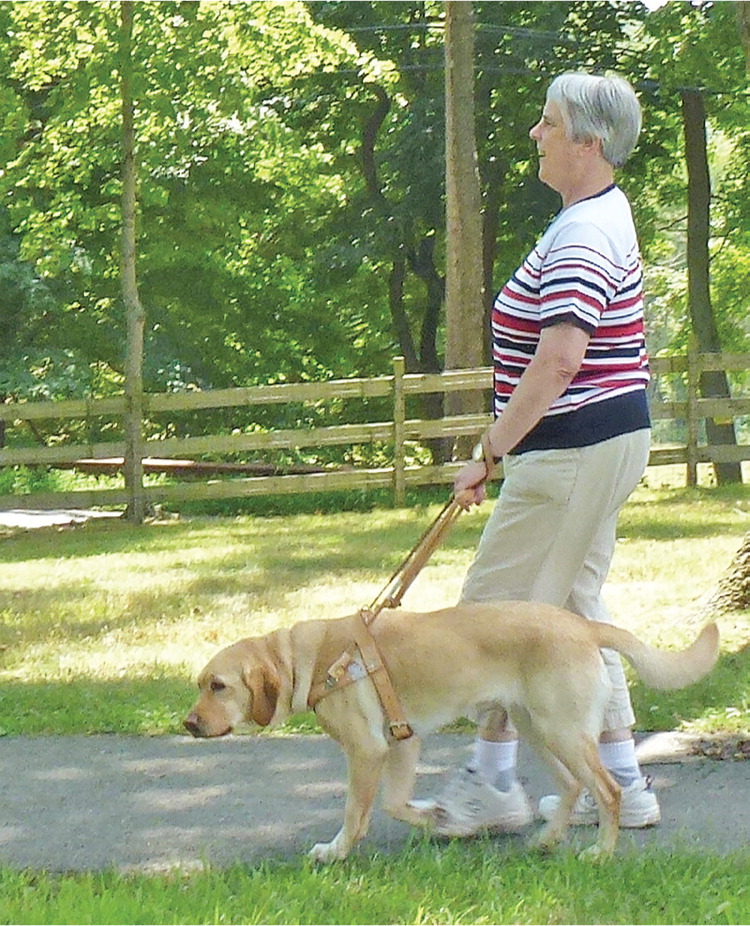
Am Fam Physician. 2013;88(11):774
I was born one month premature 64 years ago. The good medical care I received kept me alive; the oxygen level in the incubator caused me to become blind.
In my latest visit to my local health clinic for my yearly appointment, several interactions left me wanting to escape. Even though I'd requested phone or electronic reminders for the appointment, a printed letter came in the mail. One of the technicians asked if she could pet my Seeing Eye dog, just as my blood was being drawn—she respected my request to “Please wait until there's not a needle in my arm.”

The medical assistant immediately told me about working with a blind athlete at the Special Olympics who was a wonderful bowler. Whatever happened to talking about the weather, or the cute shirt I have on, as an icebreaker?
Next, she asked the name of the person with me in the waiting room. I gave her a puzzled look. It dawned on me that she might be thinking that this person was my “keeper,” so I said that the person didn't have anything to do with my medical situation. She said the doctor might need it, so I relented, and she wrote it down. Then, she took my blood pressure, which wasn't as high as you might expect if you know how I react to being patronized.
Because my previous appointment included a different medical assistant noting in my records that I needed help with dressing, bathing, and preparing meals, and then asking me if that was correct, I decided to share some tips for working with patients who are blind. Here are a few.1–K.S., PhD
TIPS FOR CARING FOR PATIENTS WHO ARE BLIND OR VISUALLY IMPAIRED
Ask how your patients want materials (recorded, large print [18-point type], via e-mail, etc.). Also, figure out a system that works for the patient to mark medications. For example, have the pharmacist put three rubber bands on a bottle of pills that should be taken three times a day.
Always read aloud what you write in the medical record.
Have all staff give their names and titles when entering the examination room, even if they have name tags.
Speak directly to the patient rather than asking the sighted person in the room, “Does he...?”
If the patient has a guide dog, ask before petting or greeting the animal.
Tell the patient what procedure you are about to do, and let him or her feel the equipment first if possible. Have the patient perform dressing changes, etc., that he or she will need to do at home, so you can coach.
Say “goodbye” before leaving the room so the patient is not left talking to himself or herself.
If you forget any of these tips and the interaction goes poorly, apologize and try again. It won't be the first time someone has been awkward about the patient's visual impairment, and it won't be the last. We appreciate being allowed to tell you how we prefer things.
